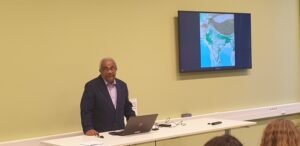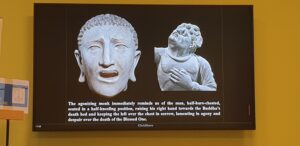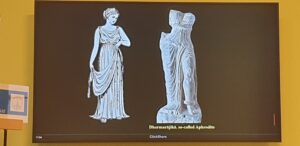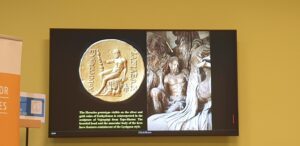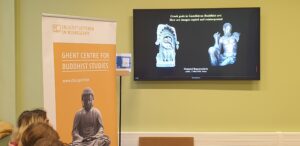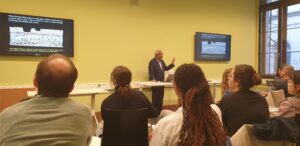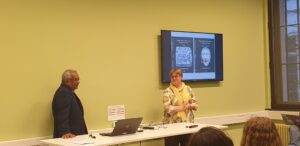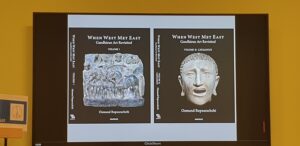We are delighted to share that two researchers will be joining the Ghent Centre for Buddhist Studies in the fall having both been awarded prestigious FWO Junior Postdoctoral Fellowships in the 2025 competition under the supervision of Professor Charles DiSimone. Congratulations to Dr. Xiaoming Hou and Dr. Kikee Bhutia! We are excited to welcome them into our research group in the Fall.
 Dr. Hou joins us from UC Berkeley with the project: Visualizing Doctrine: A Study of Exegetical Diagrams in Medieval Chinese Buddhism (8th–10th Centuries)
Dr. Hou joins us from UC Berkeley with the project: Visualizing Doctrine: A Study of Exegetical Diagrams in Medieval Chinese Buddhism (8th–10th Centuries)
Abstract:
This research project investigates the technical and pedagogical practices of medieval Chinese Buddhism by focusing on exegetical diagrams preserved in Dunhuang from the 8th to 10th centuries. Known both as fenmen tu 分門圖 (“diagram of gate-division”) and kewen 科文 (“text of analytical division”), these diagrams exemplify the liminal nature of this unique genre, which bridges the boundaries between image and text. Flourishing in medieval China and persisting into modern Buddhist practice, these diagrams provide critical insights into the epistemological foundations of Chinese Buddhist scholasticism. The study addresses three key questions: (1) What are the defining features and functions of these diagrams, and how do they facilitate knowledge organization? (2) How were they produced, transmitted, and utilized in their manuscript contexts, and what do these practices reveal about their pedagogical roles? (3) What do these diagrams disclose about the social and institutional networks of their producers and users? The project also situates Buddhist exegetical diagrams within the broader Chinese tu 圖 tradition, comparing them with diagrams from non-Buddhist traditions to analyze their divergences as scholastic tools. By exploring these diagrams as technical devices for knowledge transmission, this research shifts scholarly focus from doctrinal content to the technical savoir-faire underpinning intellectual traditions.
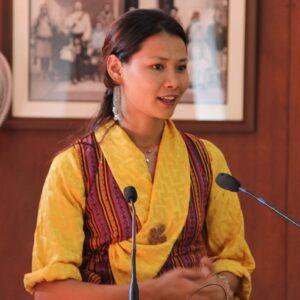 Dr. Bhutia joins us from the University of Tartu with the project: Local Deities, Natural Disaster, and Ritual Waste in Vernacular Buddhist Practices in the Himalayas
Dr. Bhutia joins us from the University of Tartu with the project: Local Deities, Natural Disaster, and Ritual Waste in Vernacular Buddhist Practices in the Himalayas
Abstract:
This project examines the intersection of local religious practices, environmental policies, and waste management in Sikkim, with a particular emphasis on the influence of Buddhist rituals and beliefs on the community’s approach to sustainability. Despite its relatively small geographic size, Sikkim has emerged as a leader in environmental initiatives, including the prohibition of plastic and the promotion of eco-friendly practices. However, traditional rituals, such as the tying of prayer flags and the use of synthetic materials in religious offerings, pose significant challenges to environmental conservation. This research investigates the roles of local deities, vernacular Buddhist practices, and monastic institutions in waste management, analyzing how religious concepts are integrated into environmental policies. Utilizing ethnographic fieldwork, interviews, and archival research, this study will explore how communities navigate the complexities of modernization and tradition, thereby contributing to academic discussions on waste, religion, and sustainability in the Himalayas. The project aims to produce scholarly articles, presentations, and public outreach materials, thereby fostering both academic and social engagement.



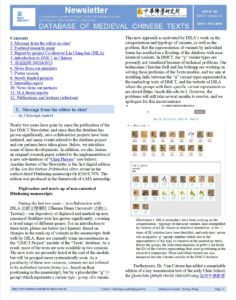
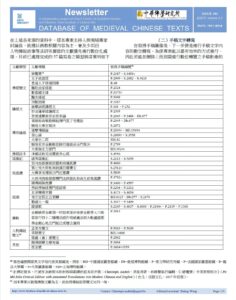
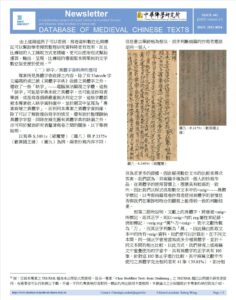
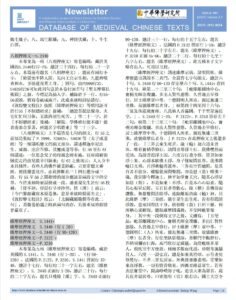
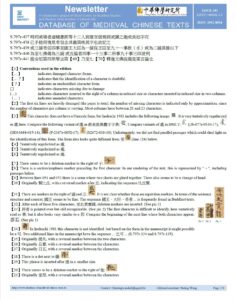
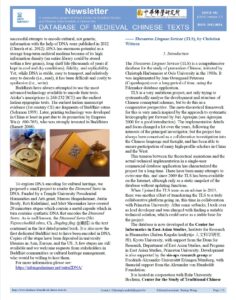
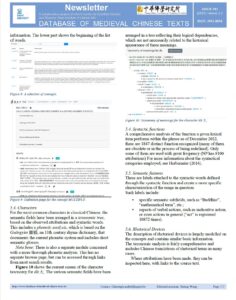
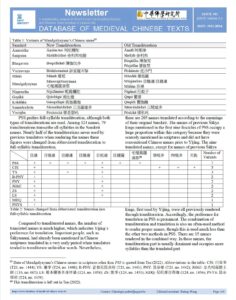
 Dr. Hou joins us from UC Berkeley with the project: Visualizing Doctrine: A Study of Exegetical Diagrams in Medieval Chinese Buddhism (8th–10th Centuries)
Dr. Hou joins us from UC Berkeley with the project: Visualizing Doctrine: A Study of Exegetical Diagrams in Medieval Chinese Buddhism (8th–10th Centuries) Dr. Bhutia joins us from the University of Tartu with the project: Local Deities, Natural Disaster, and Ritual Waste in Vernacular Buddhist Practices in the Himalayas
Dr. Bhutia joins us from the University of Tartu with the project: Local Deities, Natural Disaster, and Ritual Waste in Vernacular Buddhist Practices in the Himalayas

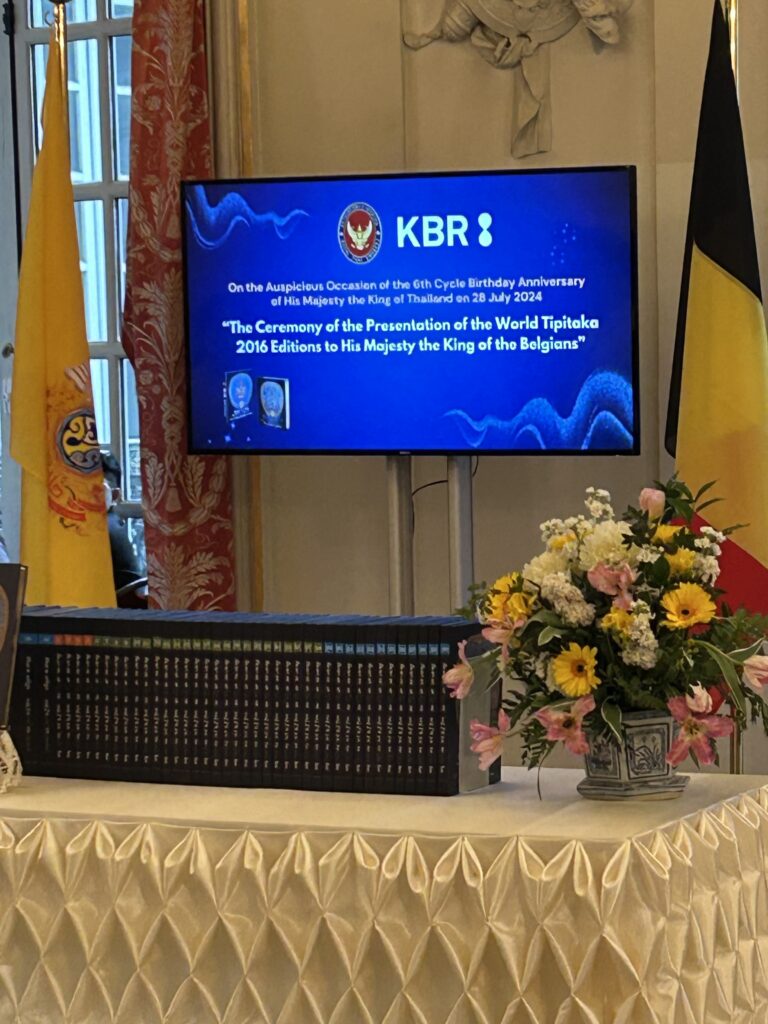

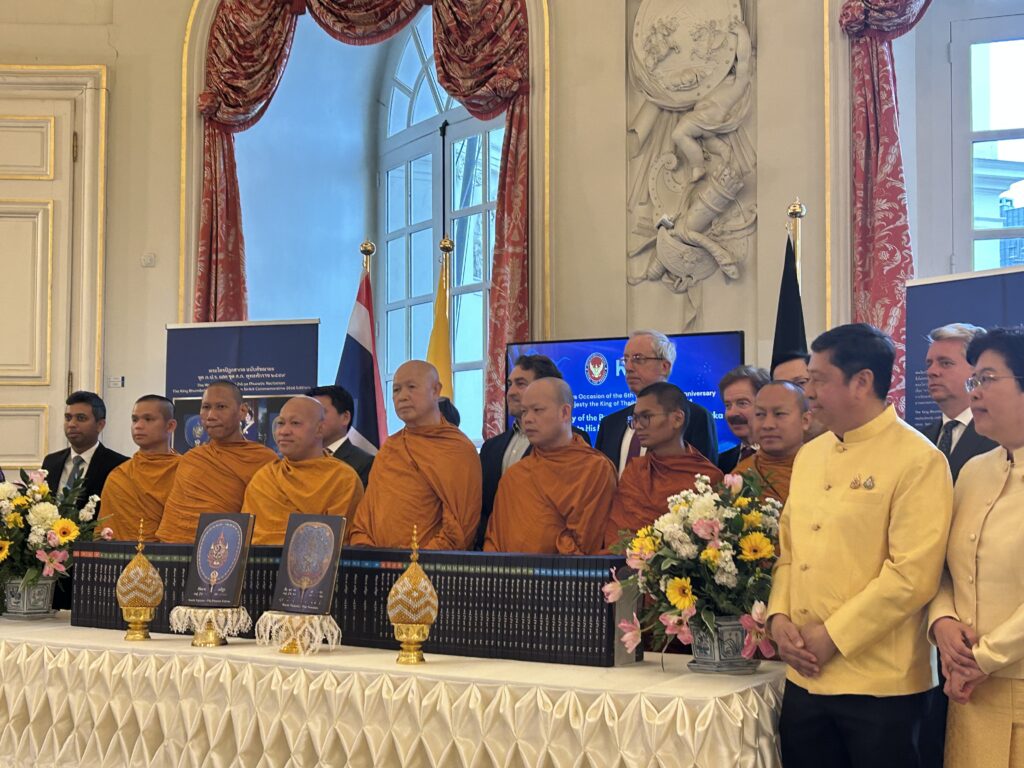


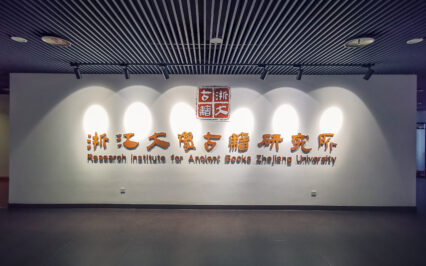

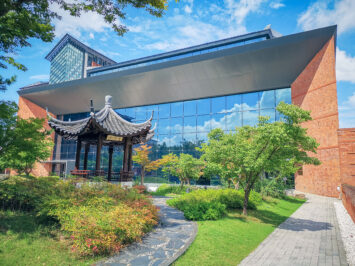
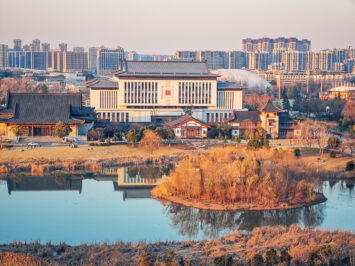
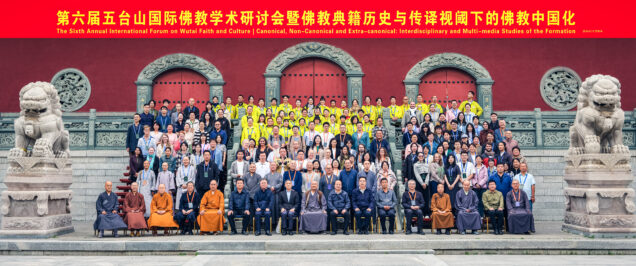
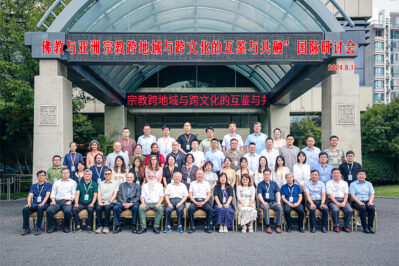
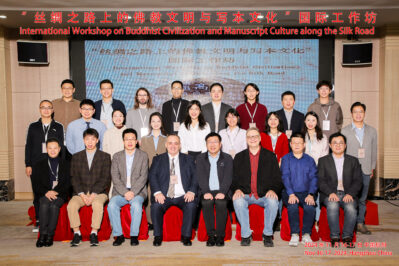
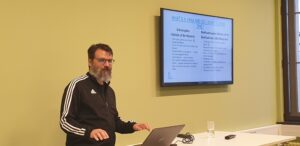
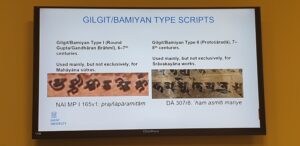
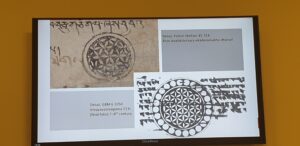
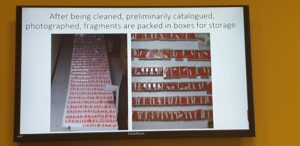
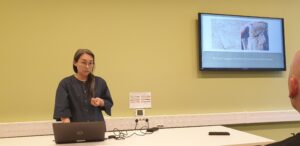
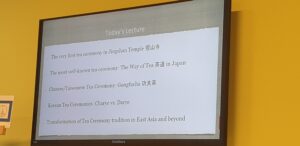
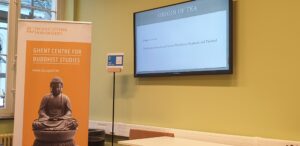
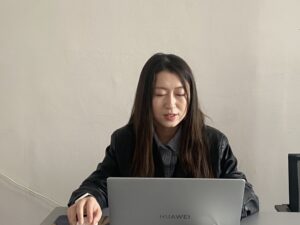
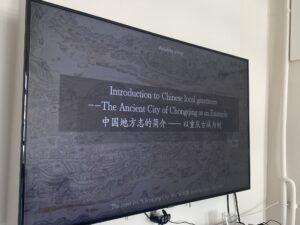
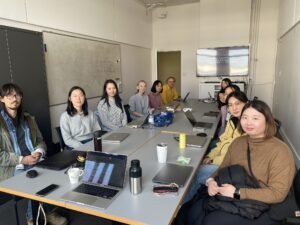
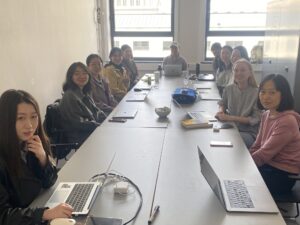
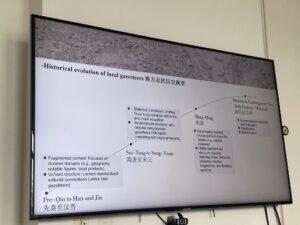
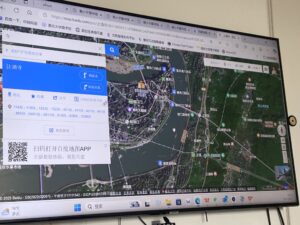
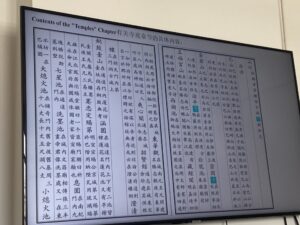
 We are delighted to welcome
We are delighted to welcome 